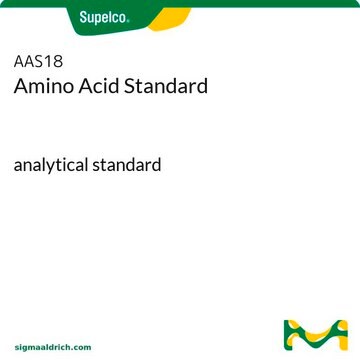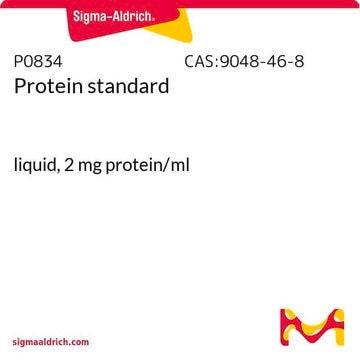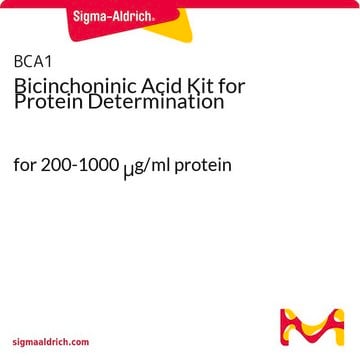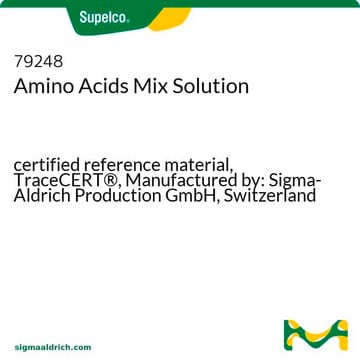Albumins are readily soluble in water and can only be precipitated by high concentrations of neutral salts such as ammonium sulfate. The solution stability of BSA is very good (especially if the solutions are stored as frozen aliquots). In fact, albumins are frequently used as stabilizers for other solubilized proteins (e.g., labile enzymes). However, albumin is readily coagulated by heat. When heated to 50°C or above, albumin quite rapidly forms hydrophobic aggregates which do not revert to monomers upon cooling. At somewhat lower temperatures aggregation is also expected to occur, but at relatively slower rates.
Please see the product data sheet which describes the solution stability of BSA:
https://www.sigmaaldrich.com/deepweb/assets/sigmaaldrich/product/documents/351/531/a8412pis.pdf












